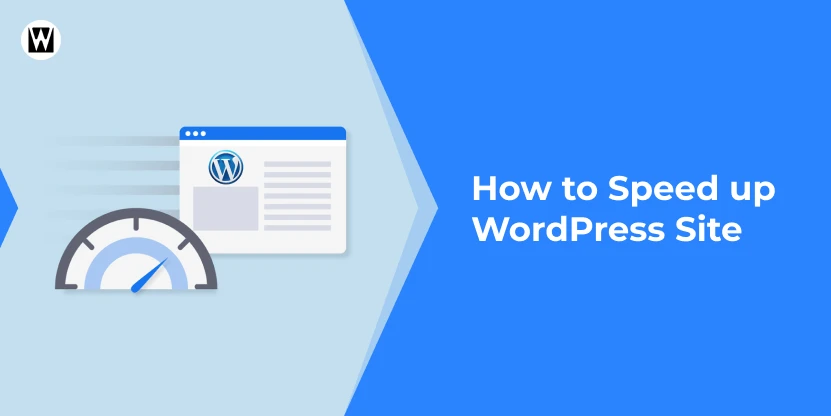Website speed isn’t just about better user experience—it directly impacts your SEO rankings, bounce rate, and AdSense earnings. If your WordPress site takes more than 3 seconds to load, you’re losing traffic.
Good news? You don’t need to be a developer to make your site fast.
In this guide, I’ll walk you through simple steps you can take—starting today—to significantly speed up your WordPress site in 2025.
✅ Step 1: Test Your Current Speed
Before optimizing, you need a benchmark.
Use these free tools:
📊 Focus on:
First Contentful Paint (FCP)
Largest Contentful Paint (LCP)
Total Blocking Time (TBT)
💡 Tip: Aim for a load time under 2 seconds.
⚙️ Step 2: Choose a Fast Theme
Your theme sets the tone—and the speed.
🎯 Recommended lightweight themes in 2025:
GeneratePress
Astra
Blocksy
Kadence
Avoid bloated multipurpose themes unless properly optimized.
🚀 Step 3: Install a Caching Plugin
Caching stores static versions of your pages, reducing server load.
🔥 Best caching plugins (tested & trusted):
WP Rocket (paid, but easiest and most powerful)
W3 Total Cache
LiteSpeed Cache (if your host supports it)
Set up page caching, browser caching, and GZIP compression.
🖼️ Step 4: Optimize Images
Large images are one of the biggest culprits for slow load times.
✅ Use these tips:
Resize images before uploading
Convert to WebP format
Compress using plugins:
Smush
ShortPixel
Imagify
💡 Bonus: Use lazy loading to load images as users scroll.
🔌 Step 5: Minimize Plugins and Scripts
Too many plugins = slow site.
🔍 Audit your plugins:
Remove anything unused or redundant
Avoid multiple plugins doing similar tasks
🎯 Replace heavy plugins with lighter alternatives. For example:
Use Fluent Forms instead of WPForms
Use Asset CleanUp to disable scripts on unused pages
📡 Step 6: Use a Content Delivery Network (CDN)
A CDN speeds up global load times by serving files from nearby servers.
🌍 Best CDNs in 2025:
Cloudflare (free + paid)
BunnyCDN (affordable and fast)
KeyCDN
CDN = faster delivery of CSS, JS, and images to visitors worldwide.
📱 Step 7: Optimize for Mobile
Most traffic today is mobile—optimize for it.
✅ Checklist:
Responsive design (mobile-first)
Fast-loading fonts
Avoid pop-ups that disrupt UX
Compress images for smaller screens
📱 Use Google’s Mobile-Friendly Test: https://search.google.com/test/mobile-friendly
🧰 Bonus Tips
Host on fast managed WordPress hosting (e.g., Cloudways, Kinsta, SiteGround)
Limit external scripts (e.g., YouTube embeds, ad networks)
Use preload and prefetch tags for fonts and important assets
Enable database optimization with plugins like WP-Optimize
Conclusion: A Faster WordPress Site = Better Everything
You don’t need to be a developer to have a blazing-fast WordPress site in 2025. With the right plugins, theme, and a little patience, you’ll:
Improve SEO
Increase conversions
Boost AdSense revenue
Start with the basics—theme, cache, images—and build from there.
💡 Pro Tip: After each change, re-test your site speed to see the impact.
FAQs
Q: Is WP Rocket worth paying for?
A: Absolutely. It combines multiple features (cache, lazy load, preload, minification) in one easy interface—perfect for beginners.
Q: Can I speed up WordPress without plugins?
A: Yes, but it requires custom code and server access. For most users, smart plugin use is the easiest path.
Q: Will speed improvements affect SEO?
A: Yes! Google uses Core Web Vitals as a ranking factor, and speed directly affects those metrics.



